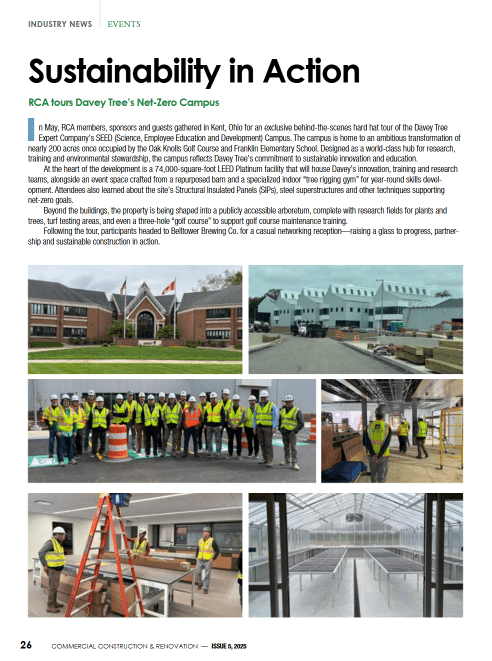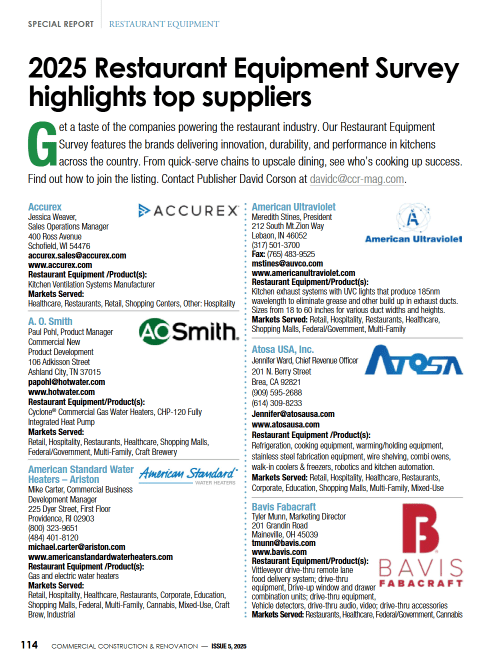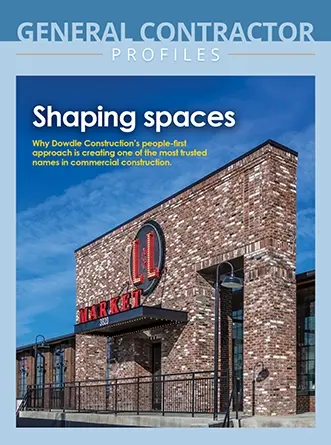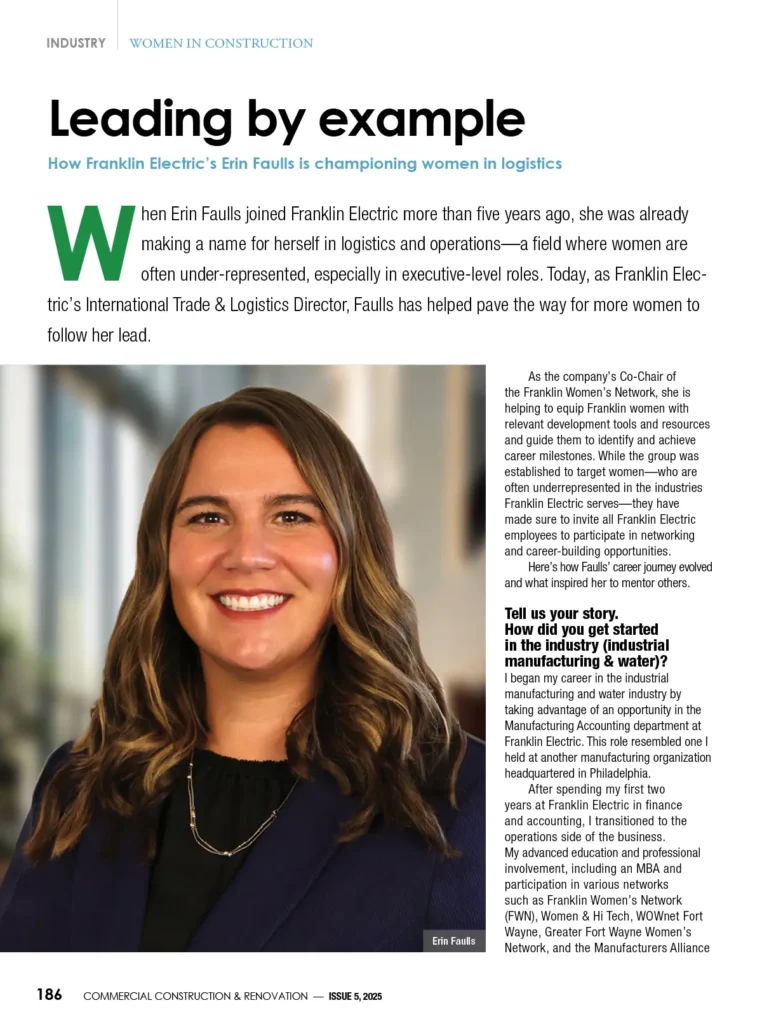Some of the most interesting projects a commercial construction firm can undertake involve landmark-status properties. Working in buildings noted and protected for their history, architecture and age is rewarding for everyone involved. But with such distinctive projects, it’s important to first understand some of the unique challenges and specific considerations they present. Here are five key insights our Englewood Construction team has taken away from our long track record working in landmark buildings—from our recent build-out of American Girl’s new Manhattan flagship store at 75 Rockefeller Plaza, to special projects in Chicago’s famed Drake Hotel and Palmer House Hilton.
No. 1 — Build in Time for Extra Approval Steps
There are always extra hoops to jump through in securing permits for a project in a landmark-status property – and typically these additional steps come prior to the usual municipality review and approval of construction plans. In most cities and states, there is a separate landmark authority organization that must do a comprehensive review of drawings to ensure the project meets all requirements, rules and regulations for a property’s protected elements. And in cases where a property has both city and state landmark status, the project will need to receive approval from both the city- and state-level landmark authorities.
This extra approval step and added complexity in the review process makes it important to allow ample time for the planning stage for any work in a landmark-protected building. It’s also important to remember that holdups during landmark approval could delay the project and ultimately impact the overall construction timeline—so flexibility in scheduling is imperative.
No. 2 — Look Beyond Landmark-Protected Elements
Frequently, a construction project in a landmark building does not actually touch its protected elements, such as an interior build-out in a property with a protected façade or lobby. However, the project team must still be knowledgeable about landmark construction criteria during planning stages, since there may be specific requirements for areas adjacent to or abutting protected elements.
For example, at 75 Rockefeller Plaza, which has landmark status for its façade and lobby, Englewood’s build-out for American Girl required matching new flooring elevations to the original conditions in the lobby, as well as matching and connecting to the building’s existing storefront glazing system. Because of this, these project components entailed a bit more planning on the part of the construction team, and extra care during installation.
Similarly, when Englewood renovated the lobby restrooms at Chicago’s historic Drake Hotel, the restrooms were not included in the building’s landmark designation; however, they were still subject to specific design and décor guidelines protecting overall aesthetic of the landmark-status lobby. These guidelines impacted every new finish we installed, from door frames and hardware to flooring and wall finishes. This made it imperative that the full team—from architect and general contractor to interior designer—referenced material specifications as they planned for the project.
No. 3 — Call in Craftsmen as Project Partners
Construction work in landmark buildings reaches a whole new level of complexity when the project directly involves the specific features and elements protected by a property’s landmark status. Because of this, one of the most important things to consider in choosing a general contractor is whether the firm has a proven network of specialty subcontractors to tap into, and experience managing restoration-level construction work.
Take the time when Englewood refurbished a retail space at Chicago’s Palmer House Hilton. A delicate element of the job was meticulously restoring an original revolving door and its ornate outer security gate. We carefully culled through our extensive database of subcontractors to find the perfect partner—someone we not only trusted completely with these one-of-a-kind elements, but who also was an accomplished craftsman with fine restoration skills beyond what other tradespeople could offer.
In addition to knowing who to call for specialized work, the GC must also be skilled at handling the extra level of complexity, scheduling and oversight landmark restoration work can entail.
For example, we’ve managed projects that involve repairing the structural integrity of landmark-protected stone or marble building façades. Since it’s not possible to reproduce the look of 80-year-old stonework, this type of project means enlisting expert tradesmen to remove damaged pieces, refinish and then reinstall them. It’s up to the general contractor to anticipate and successfully manage all those steps, and slot them into the overall project timeline.
No. 4 — Plan for Higher Material Costs
Another important aspect of a landmark-status project is making new and existing materials match. Usually this results in higher material costs than a typical build-out, because buildings of a certain era were usually finished with higher-quality materials and processes than are standard today.
Case in point, older properties often have existing plaster walls and ceilings. If these are cut into during construction, then they have to be patched with plaster—which is costlier than drywall because not as many contractors are skilled in the technique. Additionally, matching an existing stone, floor tile or other material is always more expensive because not only does the contractor have to spend time tracking down the exact match, but they also can’t make cost-saving substitutions for a similar product as they might with a new-build project.
No. 5 — Expect the Unexpected
The one rule of thumb for any construction project in a landmark property is that something unexpected is bound to come up. No matter how much experience you have, you never know for sure what you will find when you start opening up walls, working with vintage elements or matching new materials to original.
But by partnering with a GC that has the flexibility and knowledge to handle special challenges as they arise—as well as experience navigating all the special construction considerations in a landmark-protected building—there’s no reason these projects can’t go as smoothly as any other.
______________________________________________________________
Chuck Taylor is director of operations for Lemont, Illinois.-based Englewood Construction, a national commercial construction firm specializing in retail, restaurant, hospitality/entertainment, industrial, office, entertainment and senior living construction as well as facilities management.
































